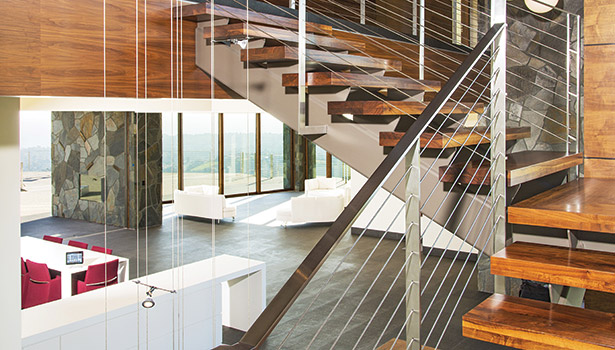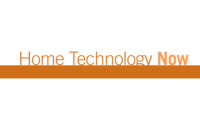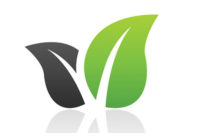For many homeowners looking to add automated elements to their home, lighting control is a popular feature for not only the energy savings, but also for the security benefits controlled lighting offers. When a client approached CEDIA member VIA International with some specific ideas about lighting control, what followed was one energy-efficient home.
This home was designed to be one of the largest LEED Platinum homes in the country at more than 10,000 square feet. The concept was to automate the home while keeping the operation simple so that even the less tech-savvy family members could navigate the system.
VIA International, based in Van Nuys, Calif., integrated the home’s subsystems and provided a business-grade network while delivering automation that assisted with the energy efficiency of the home. Their work earned them the Bronze Technical Design award for Special Project in CEDIA’s 2013 Electronic Lifestyles® Awards competition.
Client’s Needs
This home, named “Project Green Energy Efficient Estate,” called for the integration of HVAC, lighting, ventilation windows, pool/spa/fountain control, audio/video systems, security system, security cameras, and a business-grade gigabit wired and wireless network with long-range outdoor cells that could reach more than 500 feet. Designers added the Crestron control system to help boost the home’s energy efficiency as the clients worked toward the LEED Platinum rating.
VIA International planned a system that would use a robust and expandable architecture so that future automation elements could be added in the second phase of the project, which will include the integration of a weather station with conditional logic, window shade automation, solar PV power generation measurement, whole-house power monitoring, water-usage monitoring and rainwater-capture monitoring.
Technical Highlights
The major challenge of this project was incorporating the client’s own custom-designed lighting control system. The customer was a retired technology executive who specialized in power electronics design early in his career, and his home was the testing ground for his lighting system.
He incorporated 40 custom remote LED power distribution boxes and designed the system to run on DC rather than AC power. Each LED distribution box consisted of eight separate power supplies, each of which powers an individual “lighting string” of up to eight LEDs. Essentially, each lighting box powers up to 64 individual LEDs.
The power supplies were designed to have a 0-10V interface that would adjust current to the LEDs from 0-100 percent, thereby adjusting the LED brightness. This new system eliminated 460 transformers and dozens of dimming control modules since the customer’s LED box provides both power to the LEDs and dimming as an integrated solution. This solution also allows the LED lamps to have flicker-free dimming down to one percent brightness and lower.
VIA International solved the lighting challenge by specifying a modified Crestron lighting system consisting of Crestron keypads and their DIN-AO8 analog output modules, which use 0-10V control to communicate dimming levels to the customer’s lighting system. Other Crestron lighting components were used as well, along with Crestron remote controls and connected iPads.
The customer also specified that he wanted to be able to program and change lighting scenes by himself without the assistance of a programmer. Doing so required a development of a powerful custom graphic user interface that could communicate with the Crestron home automation system and easily integrate into the lighting system.
Clearly, the end result was nothing short of magnificent. If you’re looking for other projects to inspire you, check out the CEDIA blog (www.cedia.net/blog). If your company is ready to add lighting projects to your repertoire, visit cedia.net/training.


_feature.jpg?height=200&t=1366253657&width=200)



